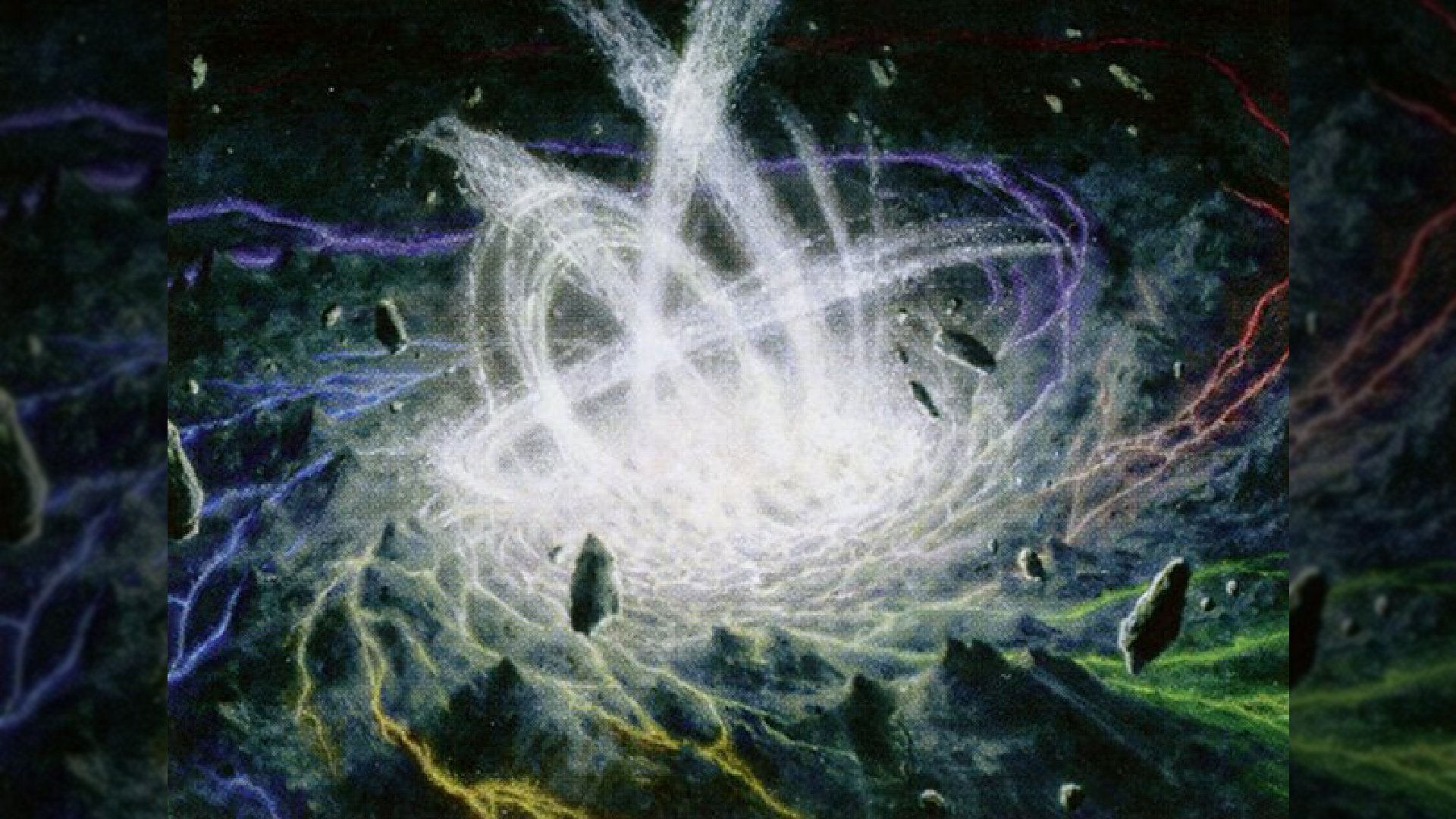![]() Key Takeaway
Key Takeaway
Cascade is a triggered ability in Magic: The Gathering that lets you exile and then cast a nonland spell from your library without paying its mana cost. The nonland spell in question must cost less than the spell with Cascade to be a valid target for casting.
There are few actions more powerful in Magic: The Gathering than casting spells for free. The Cascade ability in MTG lets you do just that! Even better is that there’s almost no downside in doing so. Cascade as much as you like for a packed battlefield!
Table Of Contents
What Is Cascade in MTG?
When you cast a spell with Cascade, you exile cards from the top of your library until you find a nonland spell that costs less mana than the one with Cascade. Afterward, you may cast that less costly nonland spell for free. Then, you put all the exiled cards not cast on the bottom of your deck in random order. Essentially, Cascade lets you exile and then cast a nonland spell from your library without paying its mana cost.
The timing for resolving Cascade’s effect and the spell cast with it is specific. As such, Cascade and relevant spells interact with the Stack in an intuitive but precise order:
- You cast a spell that has the Cascade ability
- The spell with Cascade appears on the Stack
- Cascade—as a triggered ability—appears on the Stack on top of the spell possessing it
- You exile cards from the top of your library until you find a nonland one that costs less than the spell that has Cascade
- Choose whether or not to cast the nonland spell from exile
- The eligible spell is placed on the Stack
- If you choose to cast the nonland spell, you move it from the Stack onto the battlefield without paying its mana cost if it’s a permanent (or stays on the Stack until it resolves if it’s a nonpermanent)
- If you choose not to cast the nonland spell, place it among the other cards exiled by Cascade’s effect
- Place all cards not cast with Cascade’s effect on the bottom of your library in random order
- Cascade resolves and leaves the Stack
- The spell with Cascade leaves the Stack and enters the battlefield if it’s a permanent
- If the spell with Cascade is not a permanent, it resolves and then goes to the graveyard
- If the spell with Cascade has other abilities or effects that trigger upon being cast, they resolve before said spell leaves the Stack
Important Mechanics to Keep in Mind When Using Cascade
You don’t have to cast any spells with Cascade’s effect. However, you must still go through the motions of this ability. When you cast a card with Cascade, exile cards until you find a nonland one eligible to be cast. Then, if you don’t want to cast that nonland spell, simply put it with the other exiled cards—all of which get sent to the bottom of your library.
If a spell cast through Cascade’s effect has an alternate cost, you cannot pay it instead of casting the spell for free. If you want to cast a spell with Cascade’s effect, you must do so without paying any initial costs. With that said, you can still pay additional costs for spells cast through Cascade’s effect—such as through the Kicker ability. This is because additional costs are optional and don’t determine if a spell gets placed on the Stack, only how they do so.
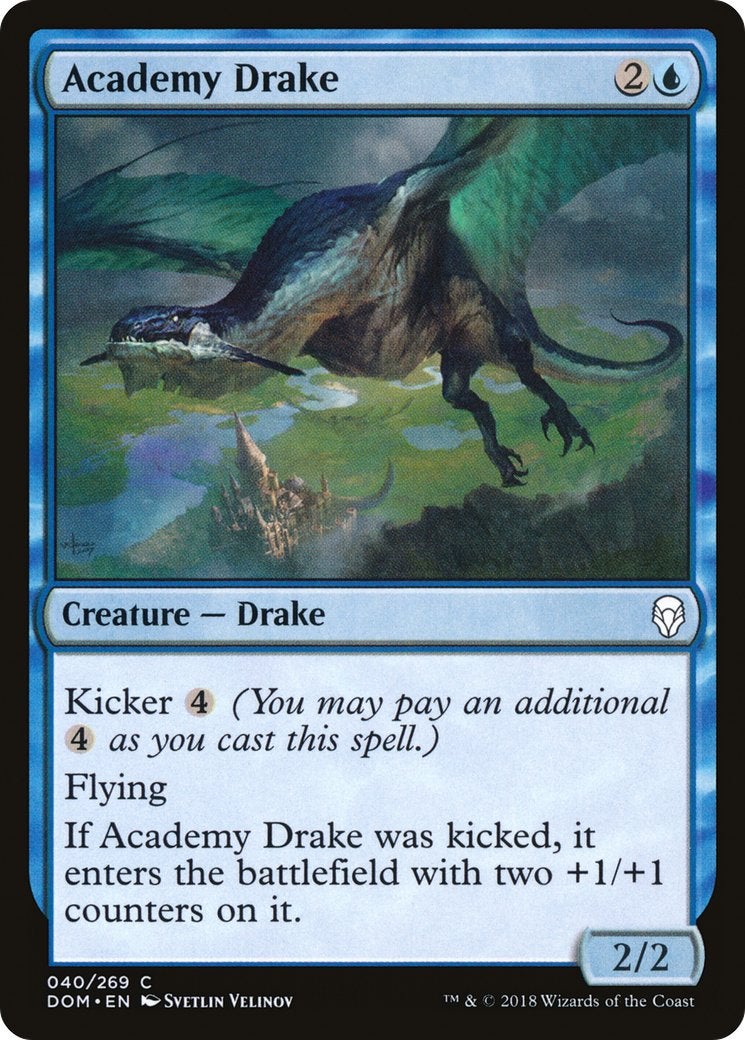
A spell cast through Cascade’s effect is cast from exile. As such, effects that trigger from spells being cast from the top of a player’s library won’t trigger. Inversely, effects that trigger from spells being cast from exile will.
The timing restrictions of certain card types do not affect how Cascade resolves. For instance, the Cascade effect on an Instant can be triggered on your opponent’s turn, which lets you cast a Creature or Sorcery outside their normal casting times.
Spells exiled through Cascade’s effect need to be face-up. This means that all players can see what they are. They return to being face-down when placed on the bottom of your library.
Copying a spell with Cascade won’t cause Cascade to activate again. Copying is not the same as casting and Cascade only activates when a spell possessing it is cast.
Examples of How Cascade Works
We’ll go through a few scenarios where Cascade can be used and what happens. Let’s begin with a straightforward situation. As such, pretend that you cast Shardless Agent. Then, as Cascade is resolving, you exile two cards: one Forest (Basic Land) and then a Tidal Warrior.
Since you cannot cast a nonland through Cascade’s effect, you ignore the Forest. Moreover, due to Tidal Warrior being the first less mana-expensive spell you exiled with Cascade’s effect, it is the only viable target to cast here.
Afterward, Tidal Warrior is placed on the Stack briefly before leaving it and entering the battlefield without you paying its mana cost. Next, Cascade resolves and leaves the Stack. Lastly, Shardless Agent leaves the Stack as well and enters the battlefield.
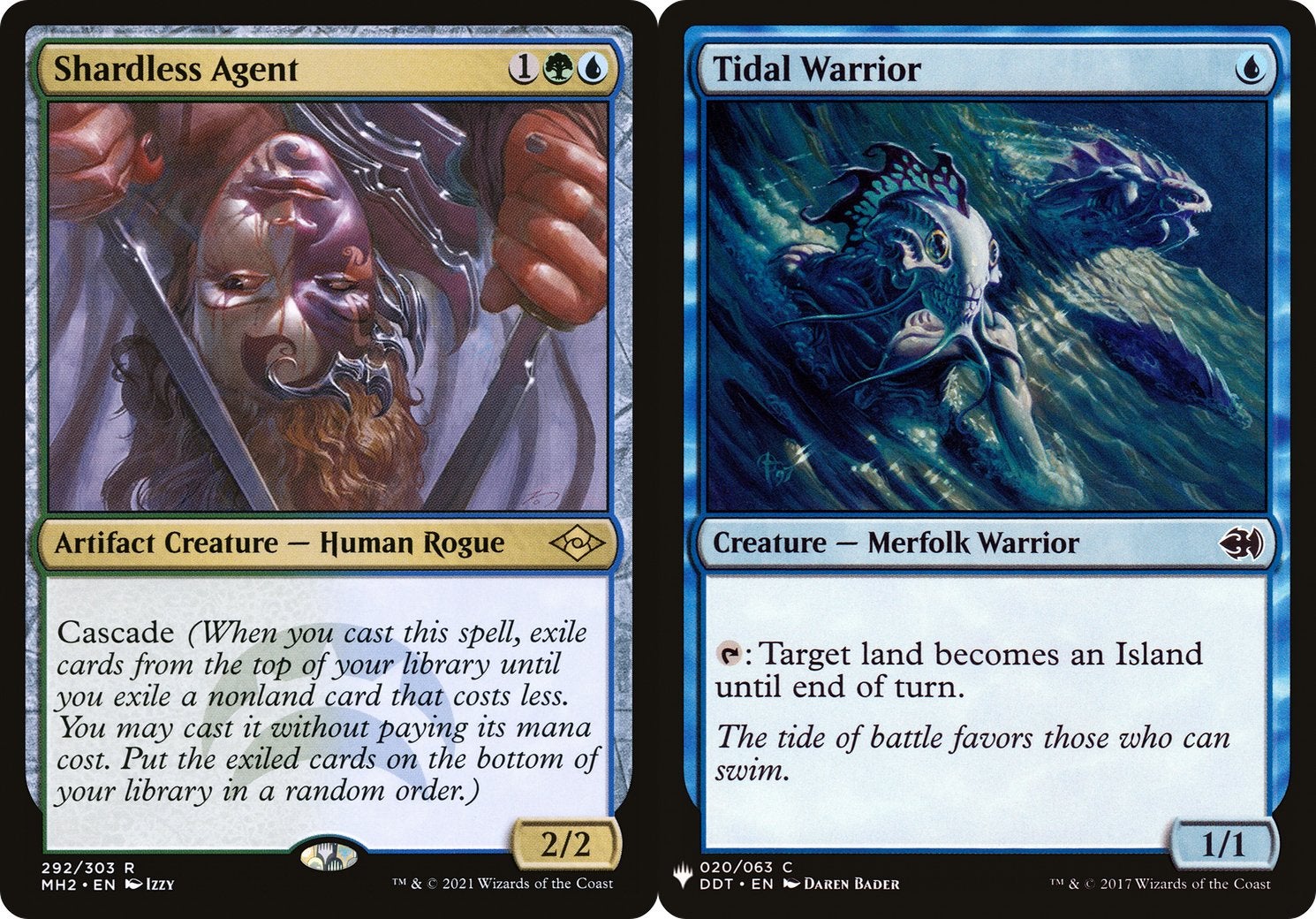
Now let’s go through a less straightforward example. We’ll illustrate a circumstance surrounding Cascade being used on your opponent’s turn. Let’s say you cast the Instant Natural Reclamation after your opponent’s draw step and the first card you exile is the Sorcery Regrowth.
Despite Regrowth being a Sorcery—which cannot usually be cast during an opponent’s turn—when done through an Instant with Cascade, it’s totally legal. As such, Regrowth lets you return a card from your graveyard to your hand. If that returned card is an Instant, you can cast it (if you have the mana) before Cascade finishes resolving.
Following this, Cascade resolves and Natural Reclamation’s other effect activates. This means you get to destroy an Artifact or Enchantment as the last part of this chain of events.
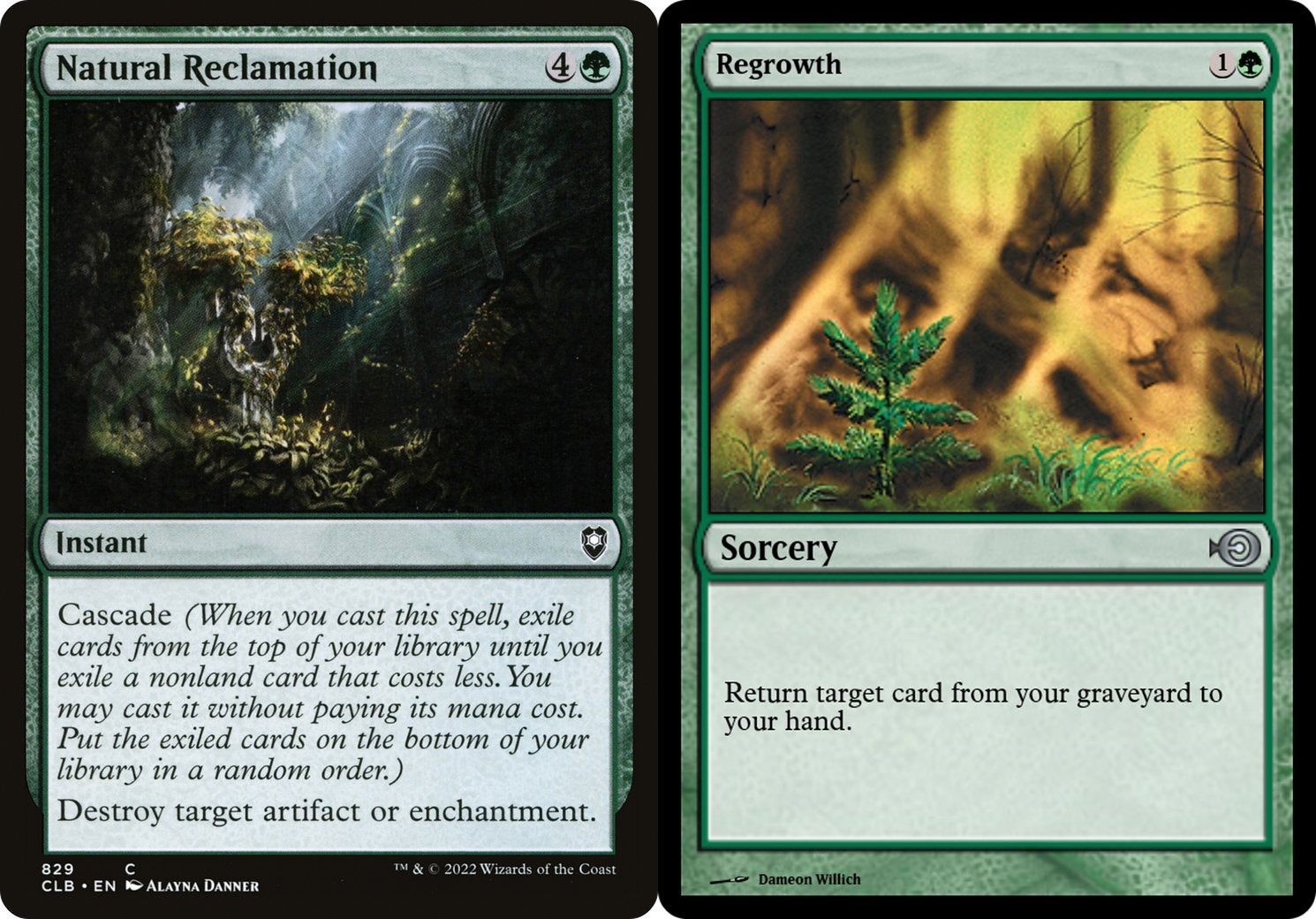
Alright—one more example. This time, let’s examine what happens when you cast a spell that has Cascade on it multiple times. Here, we’ll pretend that you cast Apex Devastator, which lets you Cascade four times in a row—albeit separately. After the first Cascade resolves you move on to the second one. After that the third and then the fourth.
Through such a play you can cast four spells for free, which more than makes up for Apex Devastator’s high mana cost.

Multiple instances of Cascade on a spell is not uncommon. As such, if you notice that your opponent is running Cascade tactics, be prepared for a sudden onslaught!
How to Use Cascade in MTG
To make the best use of Cascade in your MTG deck, insert a few cards with this ability that are relatively high-cost. By that, we mean spells that cost four to six mana. That way, when you exile spells, you’ll have more options.
Try to use Cascade spells with other effects. Those that let you cast a spell for free and do something else are very efficient mana-wise.
Combine Cascade with other abilities that trigger upon being cast. Kicker and Bargain are a couple of decent options. However, using Cascade to cast another spell with Cascade is probably the most broken way to use this ability. Doing the latter lets you chain free-casts one after the other. Keep in mind that the last Cascade on the Stack must resolve before the former one can.
How to Counter Cascade in MTG
When countering Cascade, you cannot directly counter the casting of a spell with this ability to stop its effect from resolving. The only way to counter Cascade’s effect is to cast an Instant that specifically counters triggered abilities. Cards such as Defabricate can let you do so.
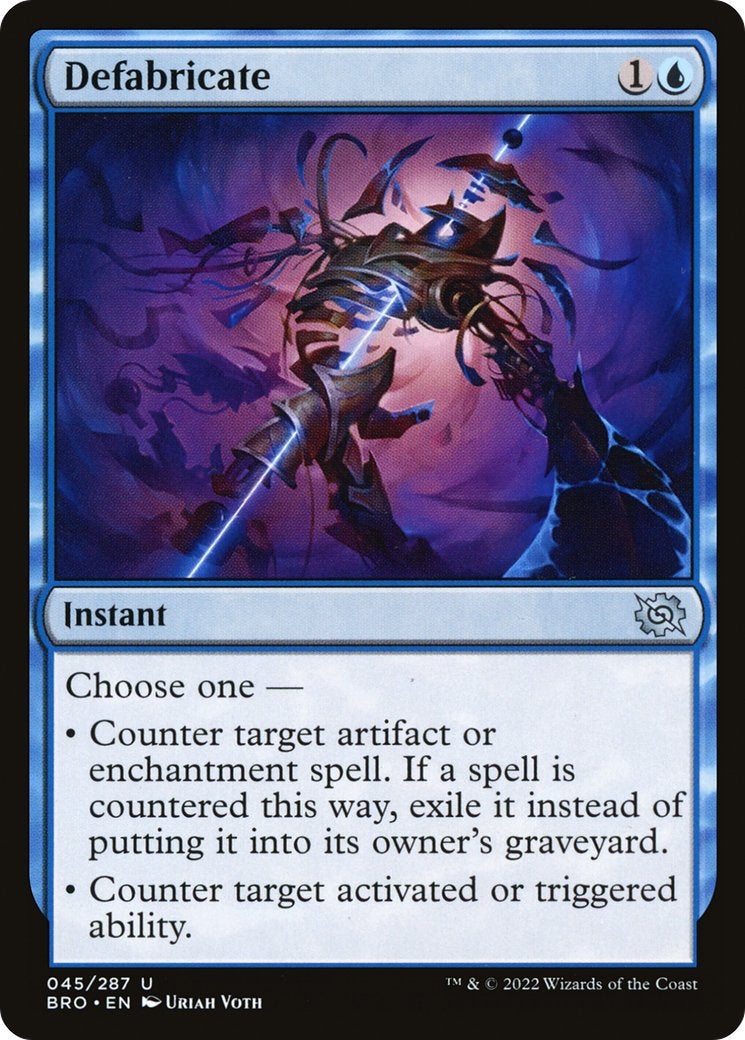
Alternatively, you can cast a counterspell variant to prevent a permanent from entering the battlefield as a result of Cascade’s effect. You’ll need to wait until your opponent chooses to cast an exiled card (this is when it appears on the Stack). However, when they do, you can counter that chosen card like how you would if your foe cast it from their hand.
The Cascade ability appears on red MTG cards the most. As such, you can easily overrun your opponent with—for example—Goblin horde tactics. If you’re feeling particularly sinister, such strategies could go well in a Sauron, the Dark Lord Commander deck. Whatever deck you built with Cascade in mind, remember to always prioritize efficiency.


